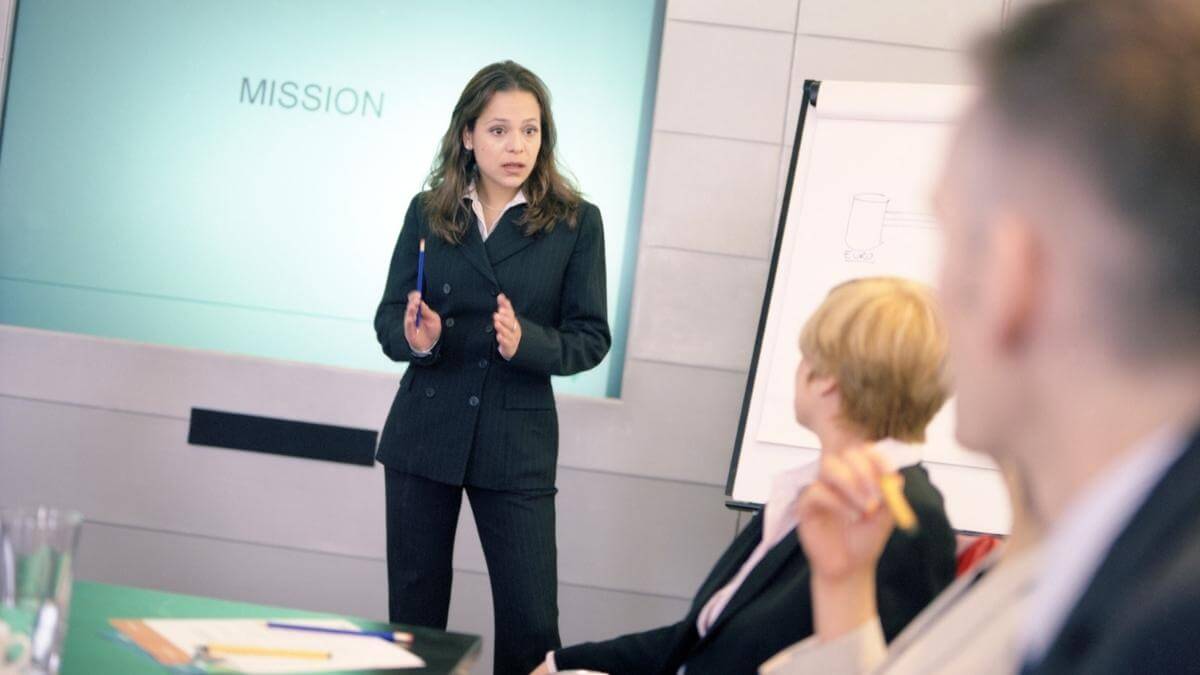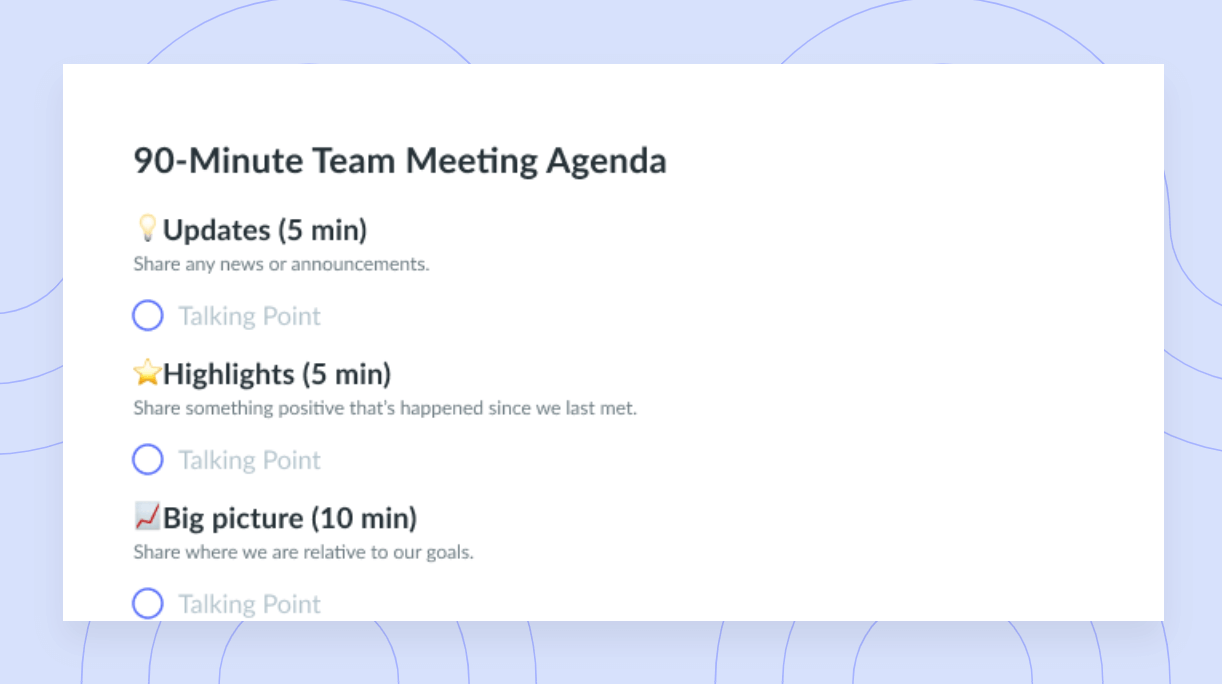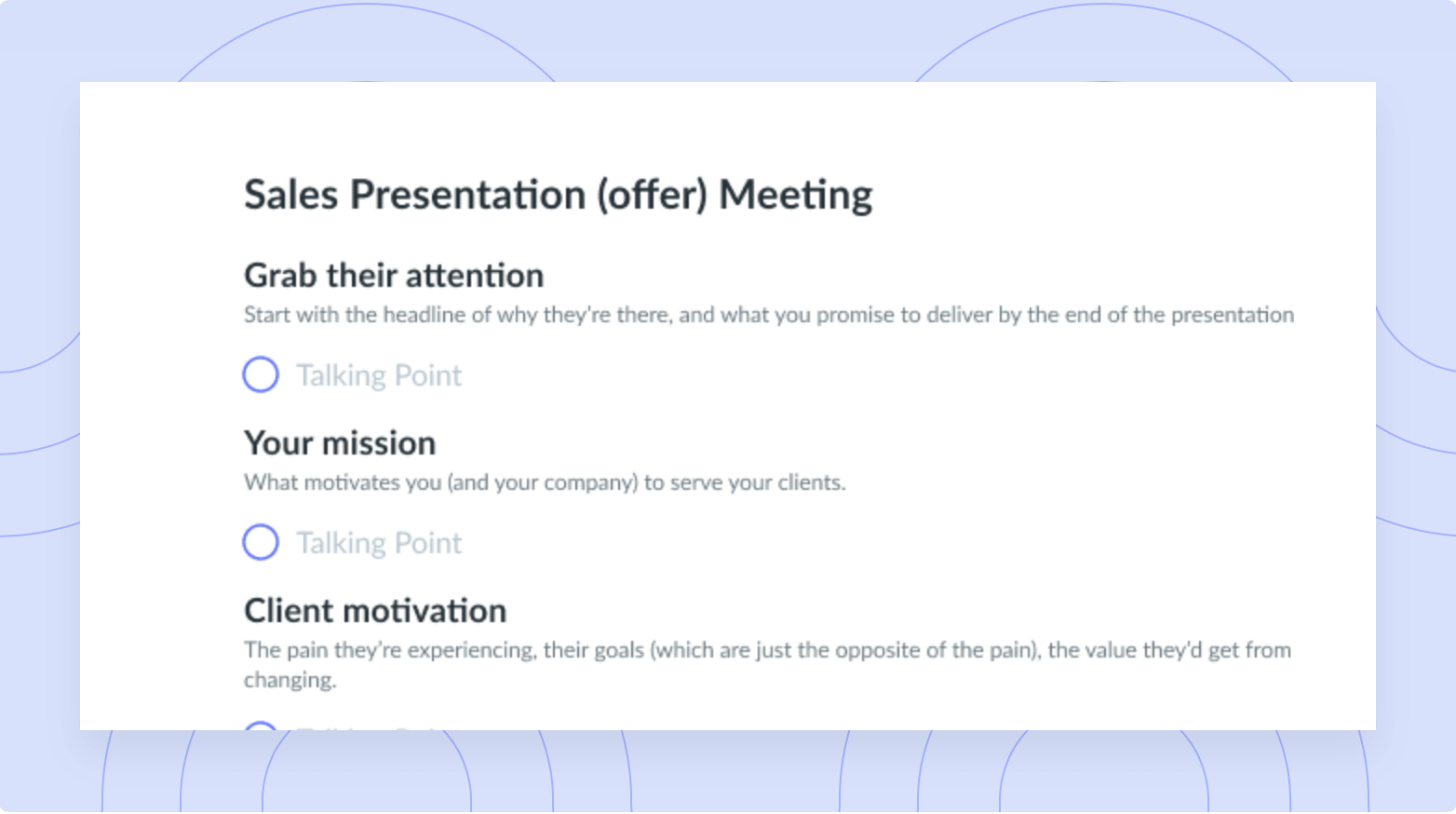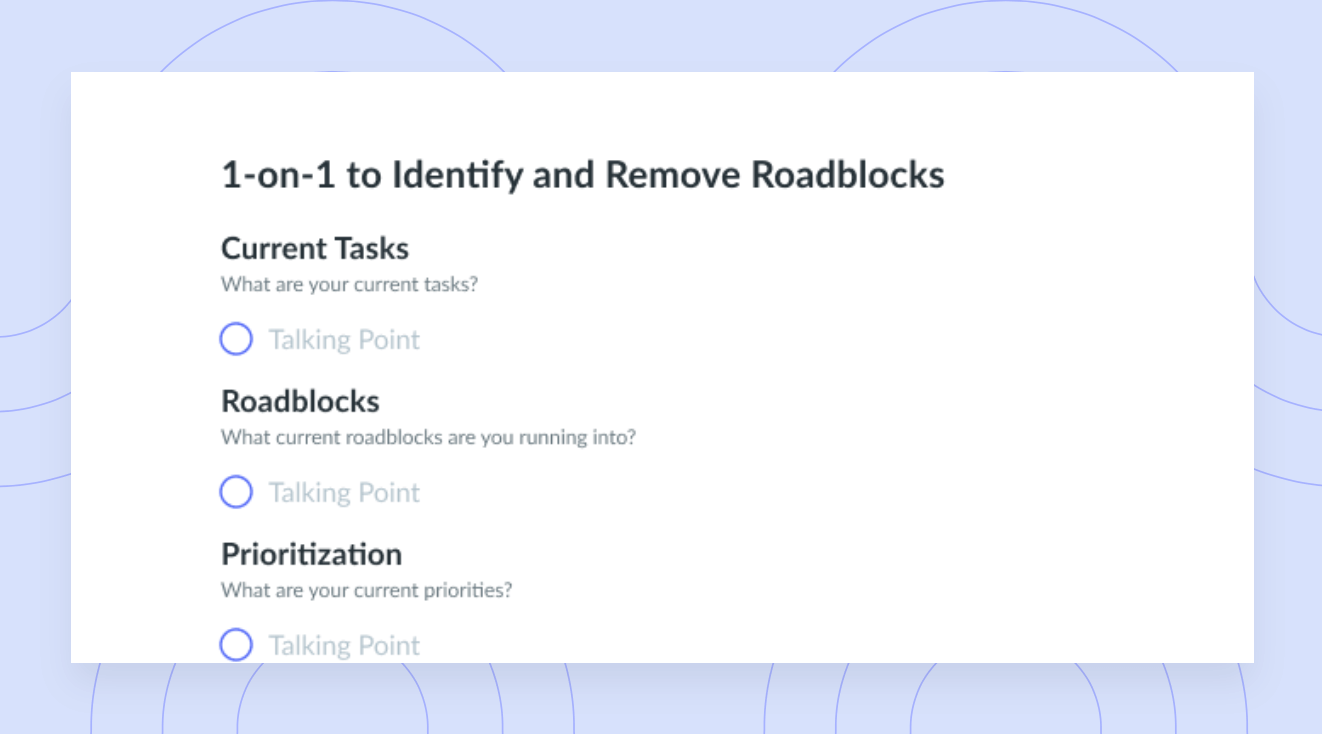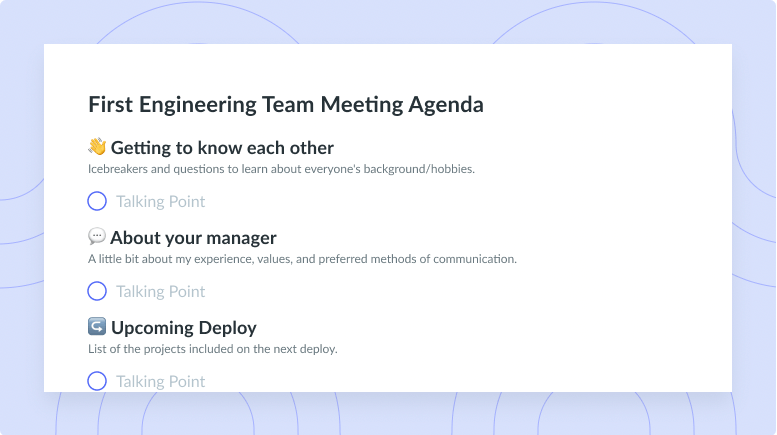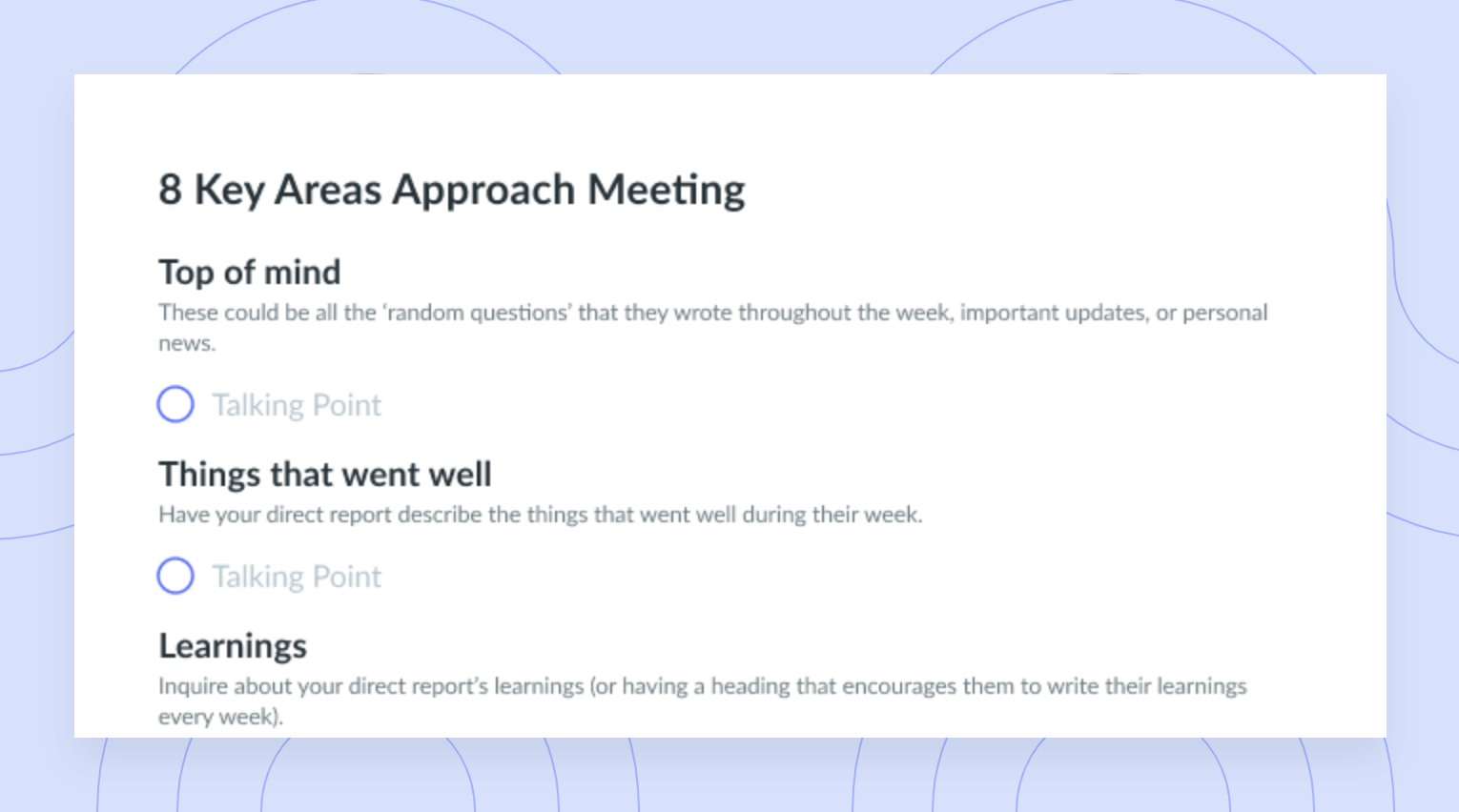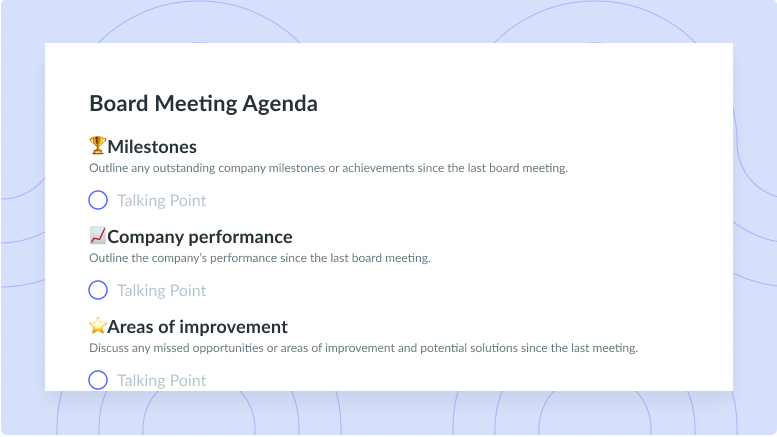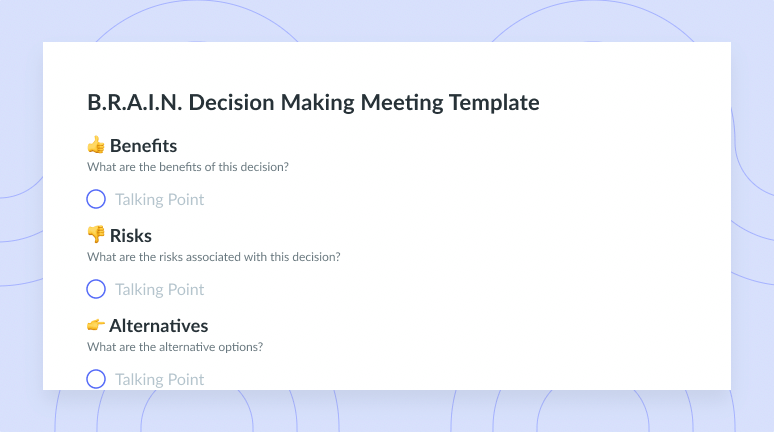Proofreading vs. Copy Editing: The Differences and Why They’re Important
Proofreading and copy editing have similarities but still have distinguishable important differences. Learn everything you need to know here!
When it comes to publishing, both proofreading and copy editing are essential for making someone’s writing have the fewest possible errors and also have a great flow that makes the piece as readable (and as enjoyable) as possible. Both proofreading and copy editing take place towards the end of the editing process and have the same goal of making a piece of writing as coherent as possible. That said, they are still two very different activities that need to be understood separately to ensure that you are publishing the best work possible.
This article will cover the difference between proofreading and copy editing, some proofreading and copy editing examples, and some valuable tips on how to improve your proofreading and copy editing skills.
- Proofreading vs. copy editing: what’s the difference?
- Proofreading vs. copy editing examples
- How to perfect your editing and proofreading skills
Proofreading vs. copy editing: what’s the difference?
One type of editing is proofreading, and another is copy editing. While these two processes work towards the same goal of publishing a great piece of writing, they have some important differences to note. Proofreading involves looking over things in a procedural, in-depth manner, while a copy editor seeks to improve what an author is actually writing.
What is copy editing?
Copy editing is the act of ensuring that a piece of writing makes sense and can be understood by the reader. For example, developmental editing is included in the copy editing process as support that comes into play before or during the writing of a manuscript to help structure a piece of work. Essentially, copy editing tidies up and reorganizes the writing to improve its quality.
Copy editing can involve:
- Correcting any spelling mistakes or grammar issues and reducing wordiness
- Editing sentences to improve clarity
- Ensuring the client’s style guide is adhered to adequately
- Identifying any issues with tone and adjusting accordingly
- Making changes to the format of the text for better flow
- Ensuring that the word choice selected in particular instances is appropriate

Run efficient meetings, come to a decision, and get back to work
Level up your meeting habits to boost engagement and productivity with a collaborative meeting agenda. Try a tool like Fellow!

What is proofreading?
Proofreading is the final step or check before publishing. This means that once a manuscript has been completed by an author, a publisher will create a final proof copy of the piece and do a final check for any errors before publication. Many organizations use professional proofreaders so they are completely separate from the copy editing process and come in with fresh eyes. Your test version is complete after proofreading, and changes after proofreading should be minimal.
Proofreading can involve:
- Correcting any grammar or spelling mistakes that may have been missed during copy editing
- Line editing (working line-by-line to tighten up sentences and improve quality)
- Ensuring the page layout is in line with publishing guidelines
- Addressing any other inconsistencies
Proofreading vs. copy editing examples
1Copy editing example:
I really enjoy cooking, and it is something that is almost part of my identity because that is how I see myself. I like to use my heritage as an inspiration for the foods that I like to put together for recipes to share with people from all around the World. Being free to create what matters to me is important because it makes me feel motivated to create more and more content to share with the community, and this is what also pushed me to want to create my first cook book which I am really excited and emotional about sharing, so I really can’t wait, for it to come out and be available to everyone and to hear the feedback from the readers.
2Copy edited version:
I really enjoy cooking, and it is something that is almost part of my identity because that is how I see myself. Not only do I enjoy cooking, but it is also the lens through which I see myself and something that defines my personal identity. I like to use my heritage as an inspiration for the foods that I like to put together for recipes to share with people from all around the World. I draw culinary inspiration from my Lebanese heritage and use these Middle Eastern traditions to create recipes that can further inspire people from all around the world. Being free to create what matters to me is important because it makes me feel motivated to create more and more content to share with the community
Having the freedom to create recipes that have a personal significance to me motivates me to create and share more content with the culinary and lifestyle community. this is what also pushed me to want to create my first cook book It is this freedom to create using my personal stories that created this strong drive to write my first cook book. which I am really excited and emotional about sharing, I feel a myriad of emotions now that it is ready to share. I’m emotional, I’m excited, I’m proud, and I’m grateful for this opportunity to share my work. so I really can’t wait, for it to come out and be available to everyone and to hear the feedback from the readers. With the launch coming up, I can’t wait to hear feedback from the reader.
3Proofreading example:
Not only do I enjoy cooking, but it is also the lens through which I see myself and something that defines my personal identity. I draw culinary inspiration from my lLebanese heritage and use these Middle Eastern traditions to create recipes that can further inspire people from all around the Wworld. Having the freedom to create recipes that have hold a personal significance to me motivates me to create and share more content with the culinary and lifestyle community. It is this freedom to create using my personal stories that created inspired this such a strong drive to write my first cook book cookbook. I feel a myriad of emotions now that it is ready to share. I’m am emotional, I’m excited, I’m proud, and I’m grateful for this opportunity to share my work. With the launch coming up, I can’t cannot wait to hear the feedback from the readers.
4Proofread version:
Not only do I enjoy cooking, but it is also the lens through which I see myself and something that defines my personal identity. I draw culinary inspiration from my Lebanese heritage and use Middle Eastern traditions to create recipes that can inspire people around the world. Having the freedom to create recipes that hold a personal significance motivates me to create and share more content with the culinary and lifestyle community. It is this freedom to create using my personal stories that inspired such a strong drive to write my first cookbook. I feel a myriad of emotions now that it is ready to share. I am emotional, excited, proud, and grateful for this opportunity to share my work. With the launch coming up, I cannot wait to hear the feedback from the readers.
How to perfect your editing and proofreading skills
- Foster effective communication
- Use digital tools
- Have great attention to detail
- Perfect your grammatical and linguistic skills
1Foster effective communication
First, foster effective communication between the company that is publishing, the client, and the writer. Expectations need to be clearly set well before any writing takes place. This means ensuring that the client has clearly communicated their expectations for the work they would like done and that you have clearly relayed this message and any specific instructions to the writer. This will ensure that nothing is misunderstood and will positively impact the quality of the writing that you receive.
2Use digital tools
Using digital tools to keep you organized and on top of the publishing process can be extremely helpful. This is especially true if you’re collaborating on writing a piece with other team members or with external clients. Consider using a digital management tool like Fellow, especially for client meetings, to ensure that you have the correct version and are working with the most up-to-date piece of writing. With Fellow, you can apply time-saving templates, build meeting agendas collaboratively, take meeting notes in real-time, and keep track of action items and important decisions, so you’re always on top of the publishing process.
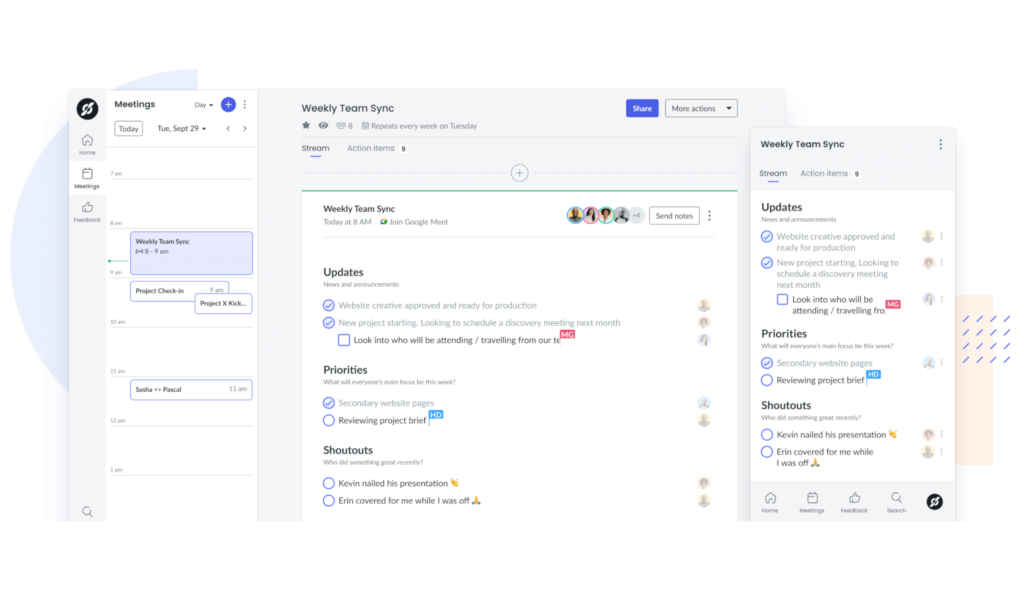
3Have great attention to detail
Any writer or editor needs to have exceptional attention to detail. This is a skill that can be built and strengthened over time through practice. A great way to build this skill is to read over your work several times. Take some time away from your writing or editing and take your mind off of it by engaging in another task. Then, come back to the writing and take a fresh look at it to see if there is anything that you’ve missed. Spelling, grammar, and punctuation errors are only a part of the editing process. Be sure to fact-check, galley proof, and really immerse yourself in the editing process. Another great way of building more attention to detail is reading the piece out loud. Be sure to use vocal expression for all the syntax used as well so you can really get an idea of the flow of the writing. Remember that substantive editing is necessary for a great finished product.
4Perfect your grammatical and linguistic skills
There is no better way to perfect your grammatical and linguistic skills than to read and write often, on your own time. Reading and writing a variety of styles that are intended for different audiences can really widen your repertoire and improve your ability to write in a more cohesive way that gives readers an enjoyable experience. One great tip for improving your linguistic skills is to create a personal dictionary of words that you come across that you don’t know, understand, or use often. This way, you have a plethora of words, expressions, and interesting terms that you can plug into your writing or editing. As with most things, don’t rush your work. Take your time writing, editing, and reviewing. This is essential for ensuring your work is of the best quality possible.
Parting advice
Understanding the difference between proofreading and copy editing can be a little tricky. We hope that this article has been helpful in clearly explaining and exemplifying the differences in these responsibilities, which help ensure that a piece of writing is ready to be published. Whether you’re a published author or you’re just getting started in your writing or editing career, these differences of proofreading vs. copy editing are essential for success. Copyediting and proofreading are essential processes for successful publications.
Be sure to revisit this article whenever you need a reminder of the important and distinct differences between the two. Remember that both proofreading and copy editing are skills that can be improved with practice and devoted attention, meaning there is always space to learn and grow.


![Binary vs. Adaptive Questions [+ 30 Examples]](https://fellow.app/wp-content/uploads/2022/08/Binary-vs.-Adaptive-Question.jpg)



